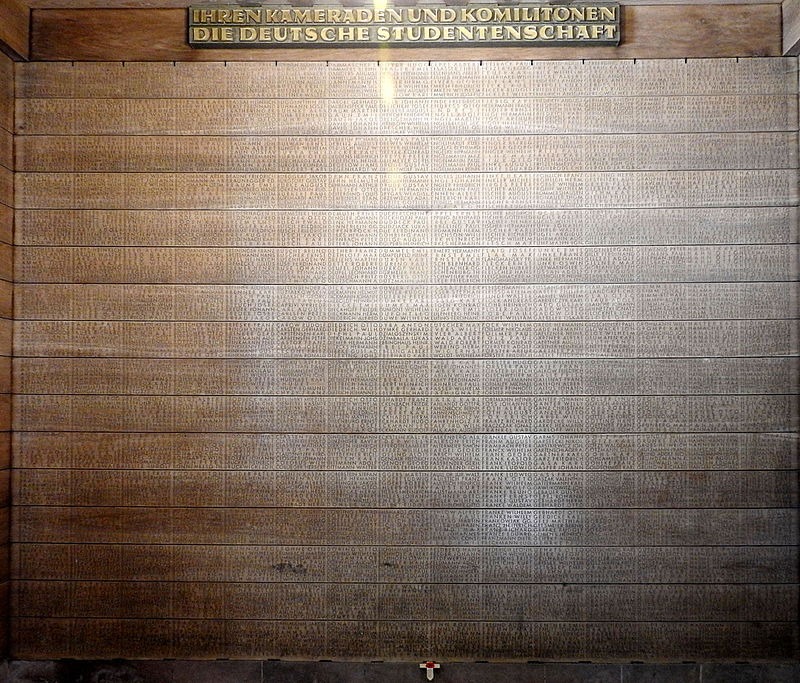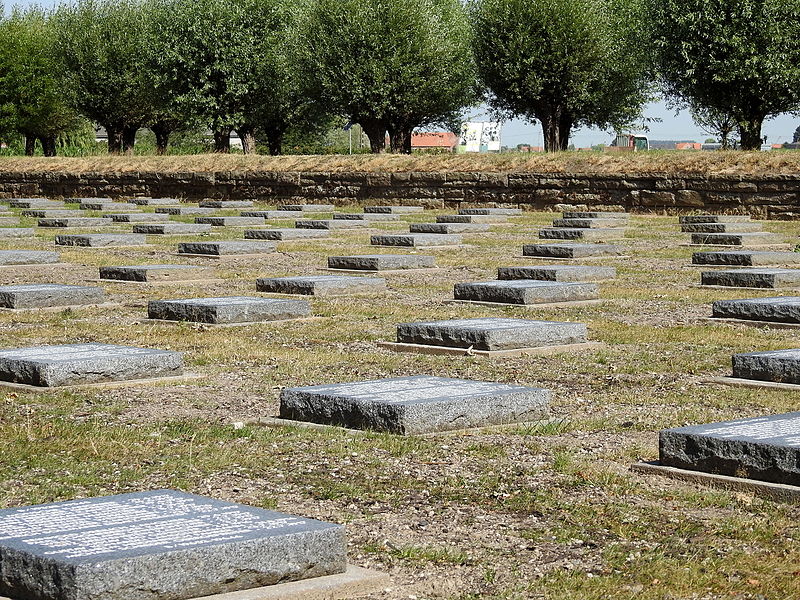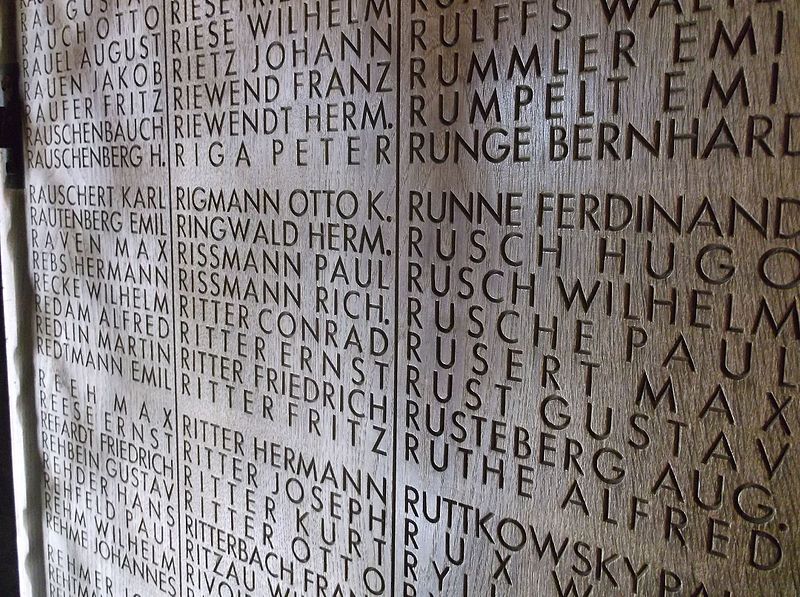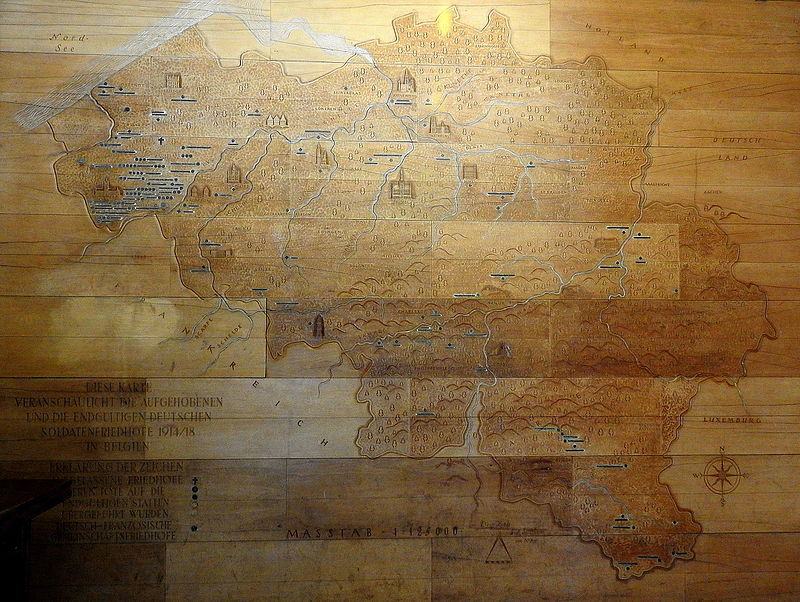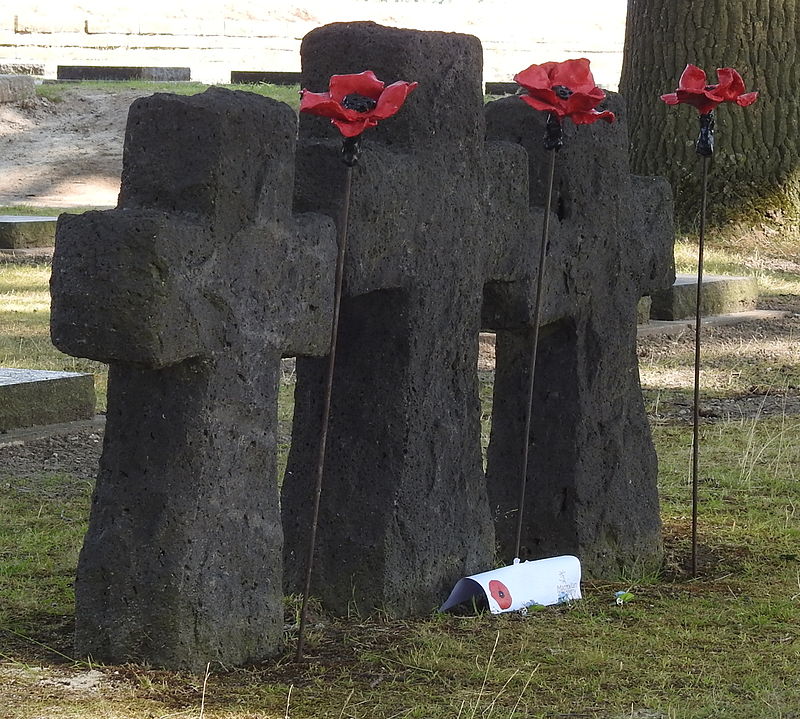Langemark German war cemetery, Ypres
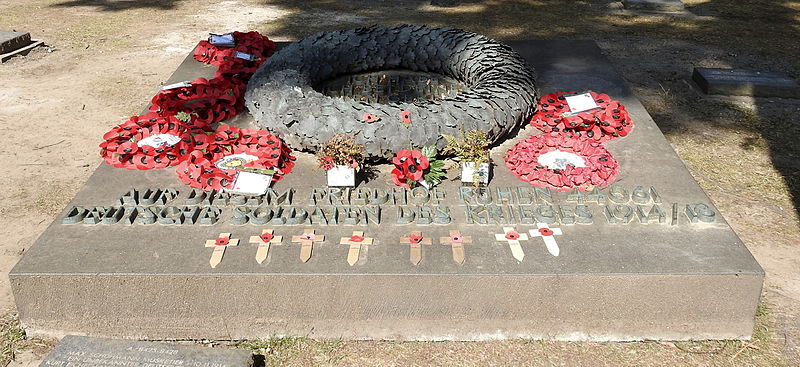
Facts and practical information
In the serene landscape of Ypres, Belgium, lies the Langemark German war cemetery, a somber reminder of the brutalities of World War I. This resting place for German soldiers is one of the few German war cemeteries in the Flanders region, known for the fierce battles that took place there.
The cemetery is a stark contrast to the more numerous Commonwealth War Graves Commission sites in the area. It is characterized by the somber atmosphere that pervades the grounds, with dark flat gravestones and a mass grave that contains the remains of about 25,000 soldiers. In total, Langemark is the final resting place for over 44,000 German soldiers.
Established by the German War Graves Commission, Volksbund Deutsche Kriegsgräberfürsorge, the cemetery was first used in 1915. After World War I, the remains of German soldiers from various burial sites in the region were brought together at Langemark. The cemetery was redesigned in the 1950s and now includes an imposing sculpture of mourning soldiers by Professor Emil Krieger, which adds to the reflective nature of the site.
Visiting Langemark German war cemetery offers a poignant experience. The cemetery's oak trees and grassy areas contribute to a sense of peace and contemplation. The mass graves, the 'Kameradengrab', and the bronze figures stand as a testament to the young lives lost in the battles around Ypres, often referred to as the 'Studentenfriedhof' because of the high number of student volunteers who fought and died there.
Langemark German war cemetery – popular in the area (distance from the attraction)
Nearby attractions include: Site John McCrae, Essex Farm Cemetery, Saint Julien Memorial, Artillery Wood Commonwealth War Graves Commission Cemetery.
Frequently Asked Questions (FAQ)
How to get to Langemark German war cemetery by public transport?
Bus
- Langemark Hooyaardstraat • Lines: 40, 95 (13 min walk)
- Langemark De Flodder • Lines: 40 (20 min walk)


